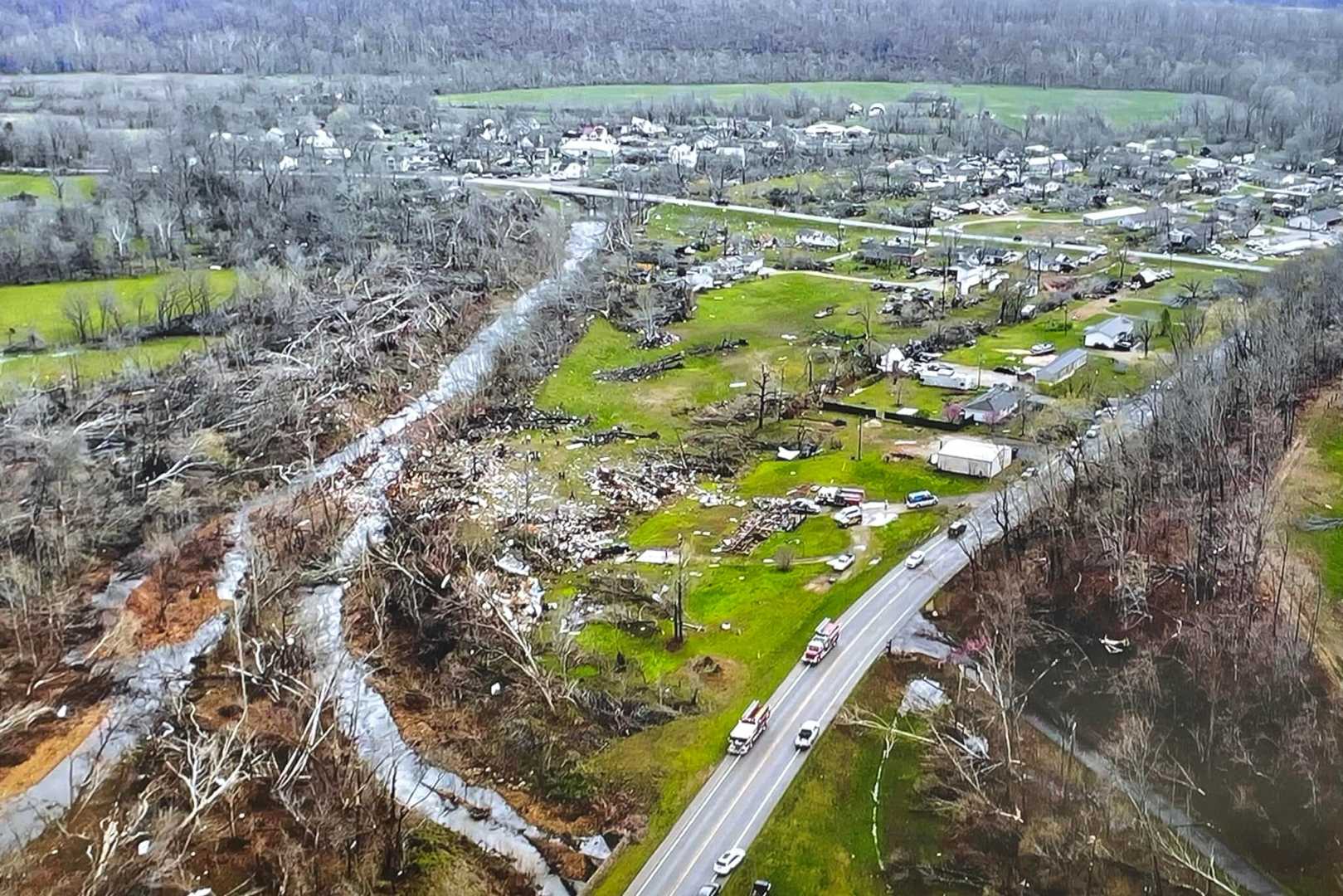News
Tornadoes Claim 42 Lives as Storms Sweeps Central US

Springfield, MO — This weekend, a devastating string of tornadoes struck parts of Missouri, Kentucky, and Virginia, leading to a tragic death toll of 42 people. The storms, characterized by their sudden onset, wreaked havoc on communities already vulnerable to severe weather.
Tornadoes differ from hurricanes in that they can develop quickly, leaving little time for residents and emergency responders to react. Meteorologists at the National Oceanic and Atmospheric Administration (NOAA) and the National Weather Service (NWS) play critical roles in issuing storm warnings, gathering essential meteorological data to help assess when severe weather may arise.
These agencies utilize a hierarchy of warnings that indicate the risk of tornado activity. A tornado watch alerts communities to prepare, while a tornado warning signifies imminent threats requiring immediate action. Emergency declarations, although rare, demand swift sheltering from impending danger.
Research indicates that staffing shortages within local NWS offices may hinder timely notifications. Approximately 40% of forecasting offices face staff shortages, and veteran meteorologists have departed, challenged by changing government priorities impacting forecasting capabilities.
Despite this, officials urge residents to remain vigilant. Kentucky Governor Andy Beshear remarked there was no direct correlation between recent staffing cuts and the loss of life in his state during the weekend’s storm. Nonetheless, issues of staffing and preparedness may require deeper analysis as the season’s severe weather unfolds.
To bolster public preparedness, scientists at NWS and NOAA focus on creating technologies that improve early warnings for severe weather. Examples include mobile apps and systems that quickly convey alerts to enhance community safety.
As America continues to confront the realities of climate change and extreme weather, the ability to provide timely notifications could determine the difference between life and death. Continuous empowerment of communities to act decisively during such emergencies remains paramount.
The advancement of new technologies promises an essential tool in extending the time to react. Public education on the significance of tornado watches and warnings encompasses an important aspect of emergency readiness. Knowing the difference is critical: a watch urges preparation, while a warning demands action. More research and effective systems are fundamental as weather events intensify, ensuring citizens have ample time to safeguard their families and homes.












